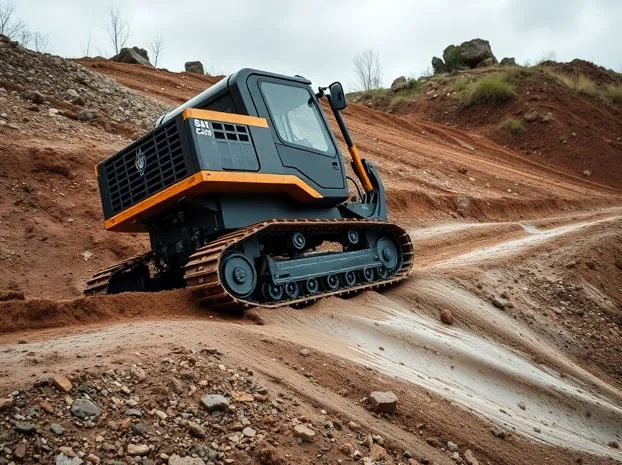Why Track-Based Machines Are Revolutionising Tough-Terrain Work
From construction sites in remote locations to forestry projects on steep slopes, there’s a growing demand for equipment that can handle challenging conditions with ease. Some of the most capable solutions are compact, track-based machines designed to operate where wheeled vehicles struggle. If you’re interested in learning more about the uses and advantages of tracked carriers, there’s plenty to explore.
Built for Unforgiving Terrain
These machines are designed with continuous rubber or steel tracks that spread the load across a larger surface area. This reduces ground pressure, making them ideal for soft, wet, or uneven surfaces where traditional tyres would sink or spin. The enhanced traction allows operators to move heavy loads safely and efficiently, even on steep inclines or through mud and snow.
Another key advantage is their stability. With a low centre of gravity and wide stance, they can carry materials across slopes without compromising safety. This makes them invaluable in industries where consistent performance is essential, regardless of terrain or weather conditions.
Versatility Across Industries
Track-based machines aren’t limited to a single field. In construction, they’re used to transport tools, aggregates, and building materials through narrow or obstructed spaces. In forestry and agriculture, they can carry logs, seedlings, or harvested crops across land that would be inaccessible to conventional vehicles. Utility companies also rely on them for transporting equipment to sites that lack road access.
Environmental and landscaping projects benefit too. Whether restoring a nature reserve, installing a boardwalk, or managing flood defences, these machines can work in delicate environments without causing excessive ground damage.
Choosing the Right Configuration
Selecting the right model depends on the nature of the work. For example:
- Platform style: Flatbeds for bulky loads, tippers for loose materials.
- Track type: Rubber for reduced ground impact, steel for heavy-duty applications.
- Drive system: Hydrostatic drives offer smooth operation, while electric options reduce noise and emissions for sensitive environments.
Other considerations include payload capacity, ease of maintenance, and the availability of attachments that expand the machine’s versatility.




